What to See and Do in Malaysia.
Malaysia is like two countries in one. Peninsular Malaysia is a multicultural mix of Malay, Chinese and Indian influences and has the country’s largest city (Kuala Lumpur), vestiges of Portuguese, Dutch, and British colonialism, cool highlands and tea plantations, and the largest national park in the country (Taman Negara). Across the South China Sea is Malaysian Borneo with the states of Sarawak and Sabah. Home of various indigenous groups, Borneo offers unique cultural experiences, wild national parks with great hiking opportunities (Gunung Mulu in Sarawak, Kinabalu in Sabah), fantastic diving (Sipidan), and rare wildlife (orangutans, proboscis monkeys, Rafflesia, and the world’s biggest cockroach). This unique – and underrated – country provides an experience much different than that of its neighbors.
Places to See
Peninsular Malaysia
Kuala Lumpur (KL)
The country’s largest city, it is a cosmopolitan mix of historic temples, soaring highrises, typical food markets, colonial architecture, museums, and trendy bars and restaurants. Top sights: the soaring Petronas Towers (and its Skybridge) are the most touristed sight in KL and are a must see. Menara Kuala Lumpur, a tower located on a forested hill, actually has the city’s best views. The KL Bird Park is worth a visit as is Merdeka Square for its colonial architecture (it was here that Independence was proclaimed in 1957). For those who enjoy an assault to the senses, Chinatown and Little India are worth exploring for their temples and mosques – highlights are Sri Mahamariaman (a Hindu temple) and Masjid Negara (Malaysia’s national mosque). Just outside KL, the Batu Caves are a must see.
Hotel/Apartment Recommendations: 5 STAR & LUXURY Apartment near KLCC/ KL City Centre (great apartments, great location, good value), Travelodge Bukit Bintang (great value, great location).
Tours/skip-the-line tickets. Pre-buy your Petronas Towers tickets. They’ll deliver them to your hotel (you’ll save a lot of time). Also, this tour of the Batu Caves is recommended.
Penang
The site of the first British settlement in Malaysia, its capital Georgetown features beautifully restored colonial buildings and a vibrant Chinatown district. See Khoo Kongsi, Pinang Pernakan Mansion, the Burmese temple(Dhammikarama Burmese Temple) and the Thai temple (Wat Chayamangkalaram). Walk around and explore, Georgetown is more about the vibe and relaxed feel than about one particular site. It’s also famous for it’s streetart. My highlights in Penang were actually just outside Georgetown: the Kek Lok Si Temple (the largest Buddhist temple in Malaysia) is spectacular. Penang Hill is a great place for a hike and has nice views over the island. The Botanical Gardens are at the base of the hill and are impressive. If you get overwhelmed by the heat and the city, go the laid-back beach area of Batu Ferringhi.
Hotel recommendation: We stayed at the Chulia Mansion while in Georgetown. Very nice hotel, great location, nice buffet breakfast. A bit better is the Savv Hotel.
Tour: Georgetown is one of Asia’s foodie destinations. This tour is recommended.
See our detailed post on Georgetown.
Malacca (Melaka)
It seems everyone has owned Malacca: the Chinese, Portuguese, Dutch, and finally the British controlled it before independence. In 2008, the city center was declared a UNESCO World Heritage site. Especially interesting is Chinatown; visit its temples, mosques, the Baba-Nonya Heritage Museum, and make sure to check out the Jonker’s Walk Night Market on Friday, Saturday, and Sunday nights. You can take a Melaka River Cruise, ride a Trishaw, even take a bike ride into the countryside. Malacca is worth a 3 day visit.
Hotels. We stayed at The Blanc Boutique Hotel while in Malacca. Very nice.
Tours: want to visit Malacca on a day trip from Kuala Lumpur? This tour is recommended.
Pulau Langkawi
This beautiful island of knife-edged peaks, green lushness and fantastic beaches is a tropical paradise. Although ‘touristy’ by Malaysian standards (it has a great mix of bars and restaurants. And beer that is cheaper than anywhere in Malaysia) it also has traditional villages near the beaches which give it an authentic air (something missing on many of the Thai islands further up the coast).
Resort/Hotel recommendations: Villa Molek (great Boutique Villas).
Cameron Highlands
The Cameron Highlands, centered on the town of Tanah Rata, are green, lush and hilly. It is a great area to spend a few days, cool off from the heat of the rest of the country (it rarely goes above 21C), and do some hiking.
Ipoh
Ipoh is a pretty city with an impressive Old Town showcasing elegant colonial architecture. Visit the impressive train station (known locally as the ‘Taj Mahal’) and the Birch Memorial Clock Tower. Outside town are some cave temples (Perak Tong and Sam Poh Tong) worth visiting. Ipoh is our favorite city in Peninsular Malaysia. Note: Ipoh is actually our favorite place in Malaysia.
Accommodation recommendations: The Sarang Paloh Heritage Stay is highly recommended for a stay in the Old Town. Alternatively, very close to town but in the beautiful nature surrounding Ipoh, stay at the Banjaran Hotsprings Retreat for a luxury spa experience (it’s where we want to go the next time in Ipoh).
Pulau Perhentian
One of Malaysia’s most popular backpacker spots and a nice break from the tourist packed islands of Southern Thailand. You’ll find very few bars here and there are no banks. The diving here is spectacular, the waters crystalline and the waters host to a wide variety of coral, sea-turtles, small sharks and reef-fish. Many travellers come here to get their PADI open-water dive certificates (it is one of the cheapest places to get the certificate).
Recommended resort: Tuna Bay Island Resort (book early! Very popular).
A scenic way to get from Pulau Perhentian to Taman Negara National Park is to take the ‘Jungle Railway’. Note: the train departs from Wakaf Baharu on the mainland and arrives at Jerantut (the jumping off point for Taman Negara) about 8 hours later.
Taman Negara National Park
This four thousand square kilometer park (the largest in Malaysia) has lots of activities: trekking, salt-lick hides for animal-watching, 4×4 safaris, aerial forest-canopy walkways, limestone caves and waterfalls. You may even see Rafflesia, the world’s largest flower. Best time is dry season from February to September (less leeches!).
Further south Pulau Tioman is gorgeous, featuring great diving as well as some superb hikes in the hilly interior. The island is more touristy however than some of the other islands mentioned above because of its proximity to Singapore. Stick to Air Batang beach (ABC) rather than Salang if you like a quieter spot.
.
Malaysian Borneo
Sarawak
Kuching
Kuching is a pretty city with great museums (which are always free!). Walk the waterfront promenade for great views of the Astana (official residence of the governor of Sarawak since 1869), Fort Marguerita, and the Sarawak State Assembly. Jalan Carpenter, in Chinatown, and Jalan India are filled with shops, temples, and mosques. The Sarawak Museum is a must for anyone interested in Borneo’s peoples and habitats.
Hotel/Apartment recommendations in Kuching: Riverbank Suites Sarawak Riverview or Muji style Riverbank suites level 10.
Kuching is also a great base for some nearby attractions such as:
Bako National Park is located on a 27-sq-km peninsula and consists of pretty beaches hidden in secret bays interspersed with rugged cliffs, forested bluffs, mangrove swamps, as well as streams and waterfalls. Great hiking opportunities on its 17 trails. You may even get to see proboscis monkeys.
The Sarawak Cultural Village (45 minutes from Kuching) is located on the Santubong Peninsula. It is a living museum featuring traditional dwellings (including four Dayak longhouses) and demonstrations of traditional crafts. Many of the people who come here are Sarawakians, including school groups. Aside from the cultural experience, there are loads of bizarre (but) fun activities like coconut bowling, blowpipe shooting and traditional dance lessons
Semengghoh Nature Reserve (24 km from Kuching) is one of the best places in the world to see orangutans. It also has a couple of short but beautiful rainforest trails.
In the north, Guning Mulu National Park is the principal destination; many come here to climb up to view its extraordinary razor-sharp limestone Pinnacles. It also has some of the world’s most incredible and accessible caves. The park also has some of the best jungle trekking in Borneo. Although very much out of the way, many consider this park one of the world’s wonders.
Sabah
Kota Kinabalu
Although the city of Kota Kinabalu is nothing special, it is a good base between excursions to Sabah’s natural highlights. It is also often a required stop to book tours and permits (required to climb Mt Kinablu as well as Pulau Sipadan. Plan ahead in Sabah!).
Resort/Hotel recommendations in Kota Kinabalu: Shangri-La’s Tanjung Aru Resort & Spa (fantastic 5 star resort, can’t be beat… if you don’t mind spending the money), for excellent value the A Residence @ Between Hilton & Cititel Hotel.
Mt Kinabalu is the 4th highest peak in Southeast Asia at 4095m and is a huge attraction for travellers wanting to do the 2-day (return) hike up to the peak. The climb is grueling (ie. tiring on the limbs) but easy in terms of difficulty (ie. no climbing). A special hike with fantastic views, the highlight is seeing the sunrise at the summit.
Kinabalu National Park. For those not wanting to climb the mountain, there are other attractions in the park: the Poring Hot Springs are a good place to relax in steaming, sulphurous water. It also has a Canopy walkway, a series of walkways suspended from trees 40m above the jungle that provide great views on the jungle canopy. There is also a Tropical Garden, Butterfly farm, and Orchid Garden. The Kundasang War Memorial commemorates the WWII POWs who died on the Sandaken Death March.
Further away is the city of Sandakan.
Hotel recommendations: Sabah Hotel (a nice and good value 4 star), Sepilok Nature Lodge (9 km from Sandakan but great place to visit the Orangutang and Sun Bear sanctuaries).
Sandakan is a good base to visit these highlights:
Sepilok Orangutang Rehabilitation Center. One of four orangutang sanctuaries in the world, Sepilok is 25 km north of Sandakan. Great place to see our orange friends, it is Sabah’s 2nd most popular tourist attraction (after Mt Kinabalu).
Labuk Bay Proboscis Monkey Sanctuary. Half day tours from both Sepilok and Sandakan to see these bizarre-looking monkeys.
Sipadan Island is further afield and reachable from Semporna. It is, however, one of the world’s best dive sites. Jacques Cousteau once declared the island an “untouched piece of art”. It has crystal clear waters filled with manta rays, barracudas, whale sharks, hammerhead sharks and greenback and hawksbill turtles.
Costs
Generally speaking, costs are higher than that of its neighbors (excluding Singapore which is more expensive). Most noticeable are the higher costs on lodging and alcohol.
The local currency is the Malaysian ringitt (RM). There are roughly 4.4 RM to the USD.
Lodging: Private rooms cost around $15 USD for a single room, and around $30 for a double (for cheapest lodging options, the best bets in the cities are in the Chinatown districts).
Food: Malaysia has a great variety of food options (Penang is a favorite food destination; I especially love its Indian food). Food is inexpensive, street food costing from $1 – $2.50, local restaurants $3 – $5 a meal. A beer will cost about $2 – $2.50 (approximately double the cost of most neighboring countries).
Transportation: Sample bus fares; Kuala Lumpur (KL) to Melaka (2 hrs, appr $4 USD), KL to Penang (5hrs, appr. $11 USD). Most taxis are not metered and you should negotiate the fare before getting in. Generally taxis are not cheap in Malaysia. Take Grab instead (they just bought out Uber in SE Asia). See the link to 12Go Asia below.
Main airports in Malaysia: Kuala Lumpur International Airport (KUL), Penang International Airport (PEN), Kuching International Airport (KCH), Kota Kinabalu International Airport (BKI). We book all plane, train, bus and private transport using 12Go Asia. They’re the best booking site in Asia.
SEE OUR COMPLETE LIST OF DESTINATION GUIDES



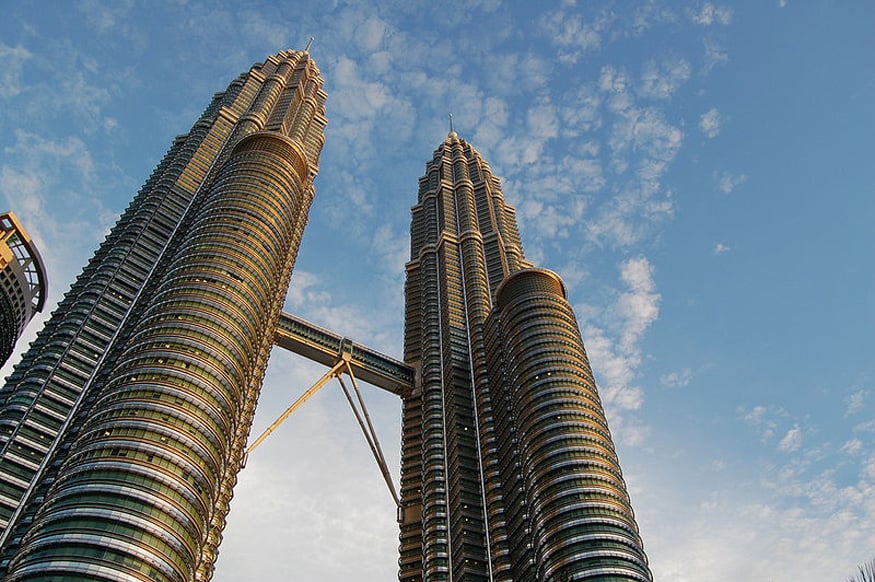





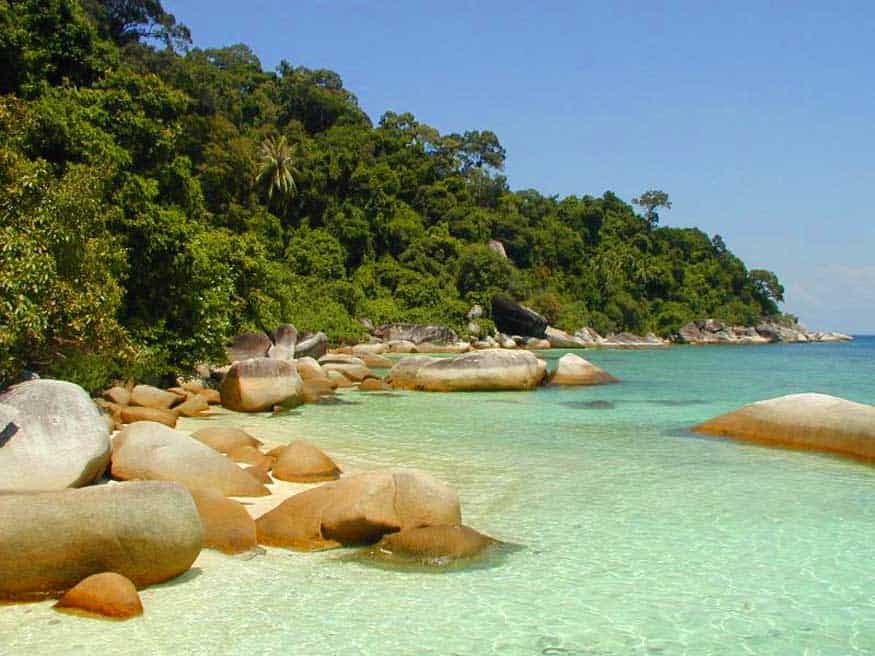

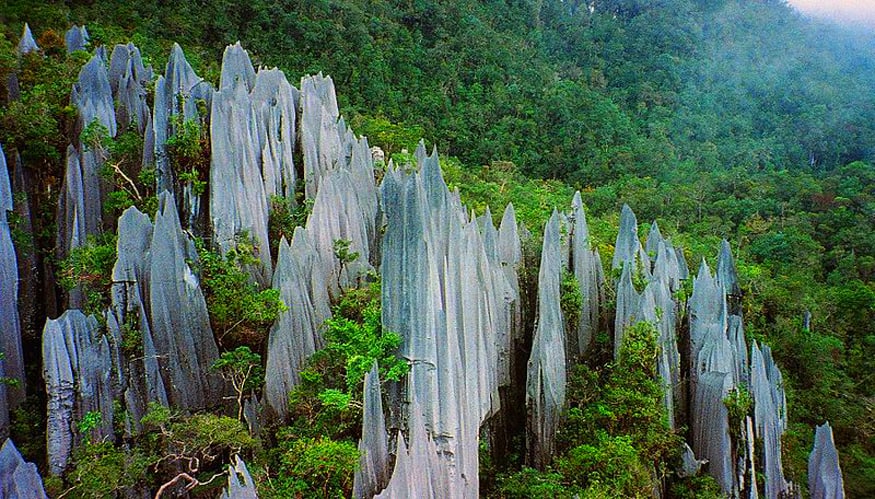


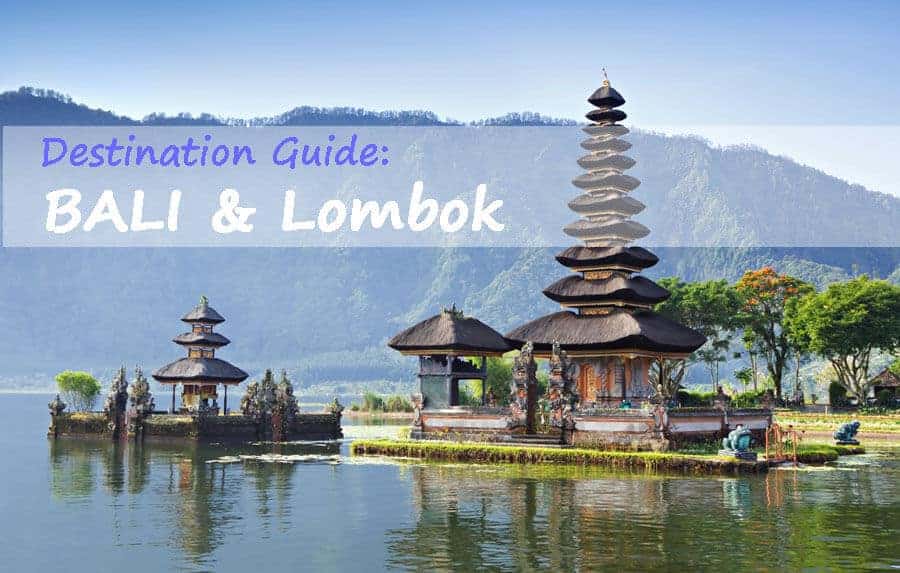

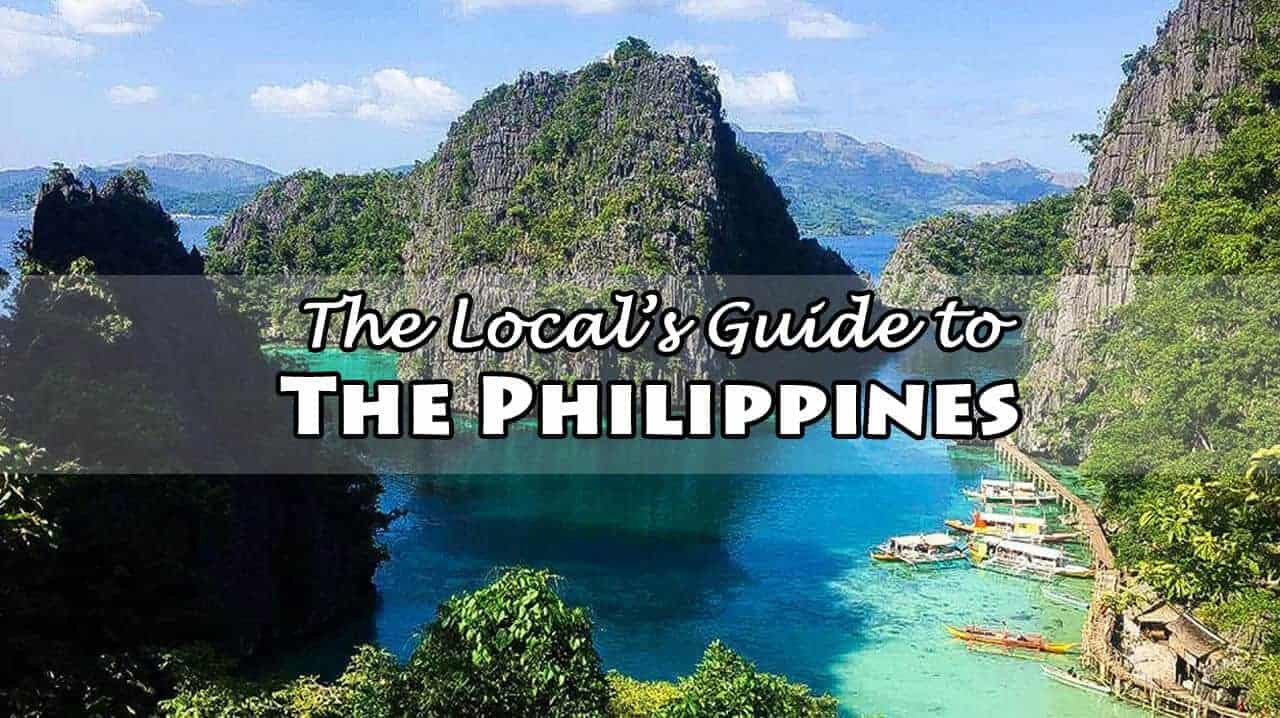
Leave a Reply